Did you know that when photography was first invented it was seen as a medium capable of the same level of artistic expression as painting and sculpture? This movement is called Pictorialism. Pictoralists wanted to be seen as equal to painting and the finer arts, rather than an inferior mechanical substitute.
I began thinking about Pictorilaism after I read a recent post by Lizzi on focus. She mentioned her blurry images reminder her of abstract paintings. These images, and images like them, fall into the category of Pictorialism.
Pictorialism: “Pictorialists took the medium of photography and reinvented it as an art form, placing beauty, tonality, and composition above creating an accurate visual record. Through their creations, the movement strove to elevate photography to the same level as painting and have it recognized as such by galleries and other artistic institutions.” ~ The Art Story
Pictorialism
Pictorialism is the first major photographic movement. Proponents aim to create unique and original photographs that can be viewed and appreciated as paintings. They often used darkroom techniques to manipulate images to create works that tell stories that are both original, mythological or biblical.
The Pictorialists also utilized atmospheric conditions to create dream like images. To achieve their artistic visions they utilized all the darkroom tools at their disposal. They even made up a few techniques along the way. Some of this include: combining multiple negatives into one image; creating a slow drying emulsion that could be pushed around or brushed to show the strokes; and they added color to their images through hand tinting. Some of these pioneering darkroom techniques eventually lead to the invention of color photography.
The below image by Ann is a recreation of an early Pictorialist image.
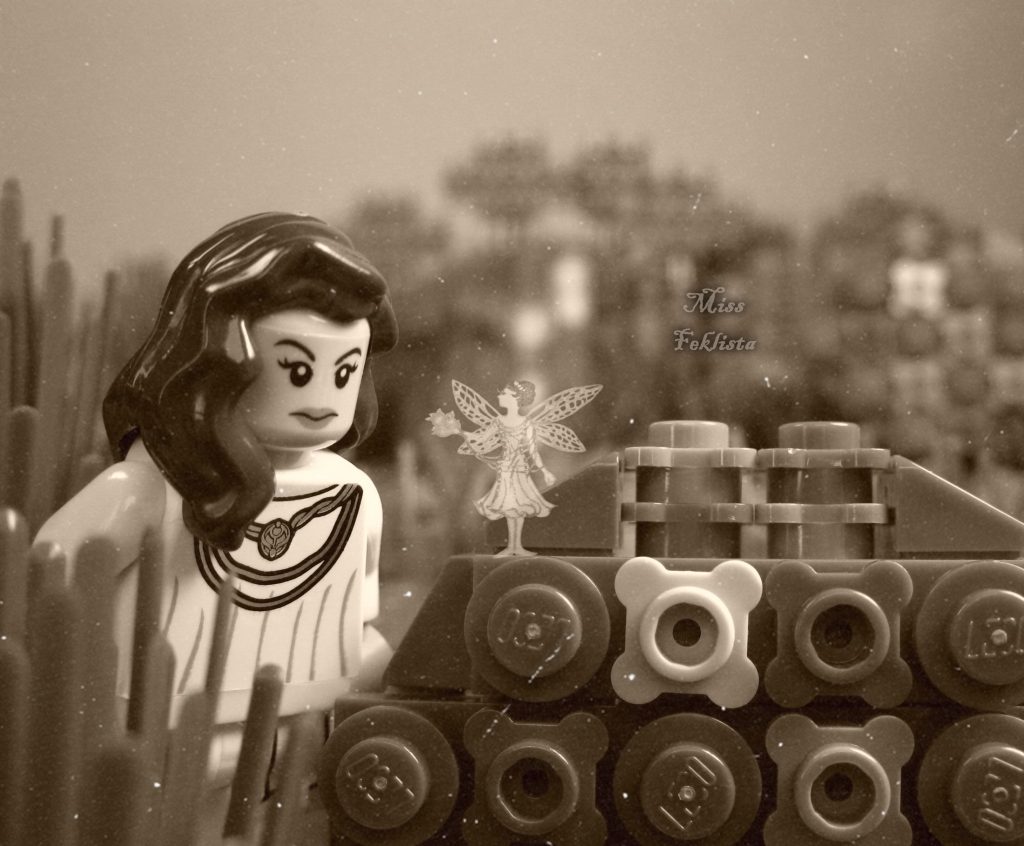
Pictoralists are intrigued by the light and how to capture it in an image. They are inspired by the Impressionists and the Tonalists movements. These two genres of painting also strove to capture light in all its infinite variety. Chiaroscuro (using strong light and darks to create depth and dimension) and soft focus are often seen in images defined by Pictorialism.
The other end of the spectrum
Straight photography occupies the other end of the spectrum. Photographers who enjoy this style take full advantage of the mechanical and technical strengths of the camera to capture the world around them in a realistic manner.
Straight Photography: “Straight photography emphasizes and engages with the camera’s own technical capability to produce images sharp in focus and rich in detail. The term generally refers to photographs that are not manipulated, either in the taking of the image or by darkroom or digital processes, but sharply depict the scene or subject as the camera sees it.” ~ The Art Story
Some traits that define Straight Photography are faithful reproduction of a scene, rich tonal range and sharp focus. For example Ansel Adam’s and his f64 group were practitioners of Straight Photography. He used the technical aspects of the camera and lens in concert with his personal aesthetic to capture highly detailed photographs with a rich tonal range.
Street photographers and documentary photographers are also attracted to this genre of photography. They’re often interested in capturing a specific moment in time. The want to capture what they call the “decisive moment.” This can either be through a single image or through a series of images that depict the passage of time.
Straight Photography is very popular and dominates the field of photography. You can see the influence of Straight Photography in the toy photography community. Images that use practical effects or endeavor to match cinematic lighting styles are creating images in the Straight Photograph style.
I’m a Pictorialist
I consider myself a Pictorialist. I like to use soft focus, atmospheric aberrations and specialty lenses to create a painterly effect. I’ve even considered going so far as to print my images as platinum prints and hand coloring them.
One of the reasons I’m attracted to the Lensbaby lenses is that they give me an effect that approximates my own version of Pictorialism. They also have a wonderful way of refracting and twisting light. I’ve never had a series of lens that capture lens flare so beautifully in camera. Sure I could add cool effect in post via Photoshop like James, but that wouldn’t satisfy my personal need for wonder and surprise.
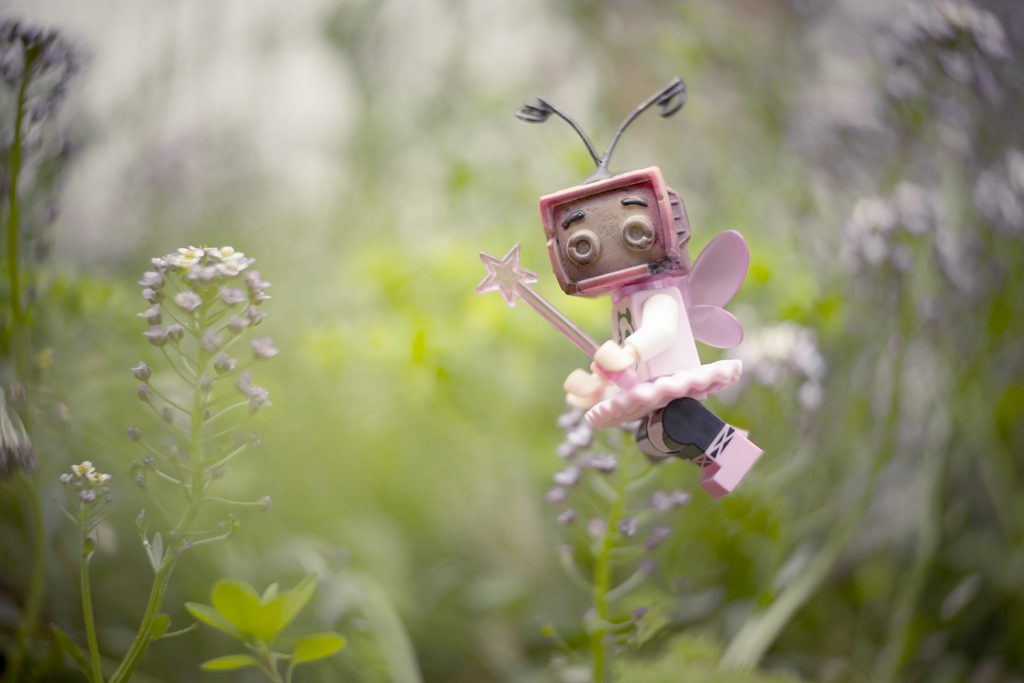
I’m sure you’ve noticed that there are plenty of toy photographers on the other end of the spectrum. They enjoy creating images that are tack sharp and hyper realistic. To achieve their vision they use modern lenses and practical effects (i.e. sparklers, canned smoke, dehydrated potato flakes and water droplets) to create images in camera that need very little, if any post processing.
I’m not going to tell you that one style is better than the other. In fact, it doesn’t really matter where you fall on the spectrum. There are plenty of examples throughout the history of photography of artists who fall on both side of this stylistic divide. My personal hero Alfred Stieglitz, one of the founders of Pictorialism and husband of influential painter Georgia O’Keefe, transitioned to Straight Photography. As you can see, there is plenty of room for both styles in the amazing world of photography.
What about you?
You’re probably wondering why I’m bringing this lesson in photographic styles up. Because I love photography and I’m proud to be a part of this amazing hobby with such an interesting history. On the three part podcast Kristina and I created recently, we talked about where does toy photography fall? Our goal is to inspire our fellow toy photographers to think about what kind of photography they’re creating.
While it doesn’t matter where your work falls between these two movements in photography, it is important to think about. This is especially true as you begin to define your own style. Are you a Pictorialist or a Straight Photographer? Maybe you like to play somewhere between the two styles? Maybe you define yourself as being influenced by a different movement entirely?
What ever your answer, know you’re a part of an impressive history and you should be proud of being a photographer.
So, what are you: Pictorialist or Straight Photographer? Let me know your thoughts in the comments below.
~ Shelly


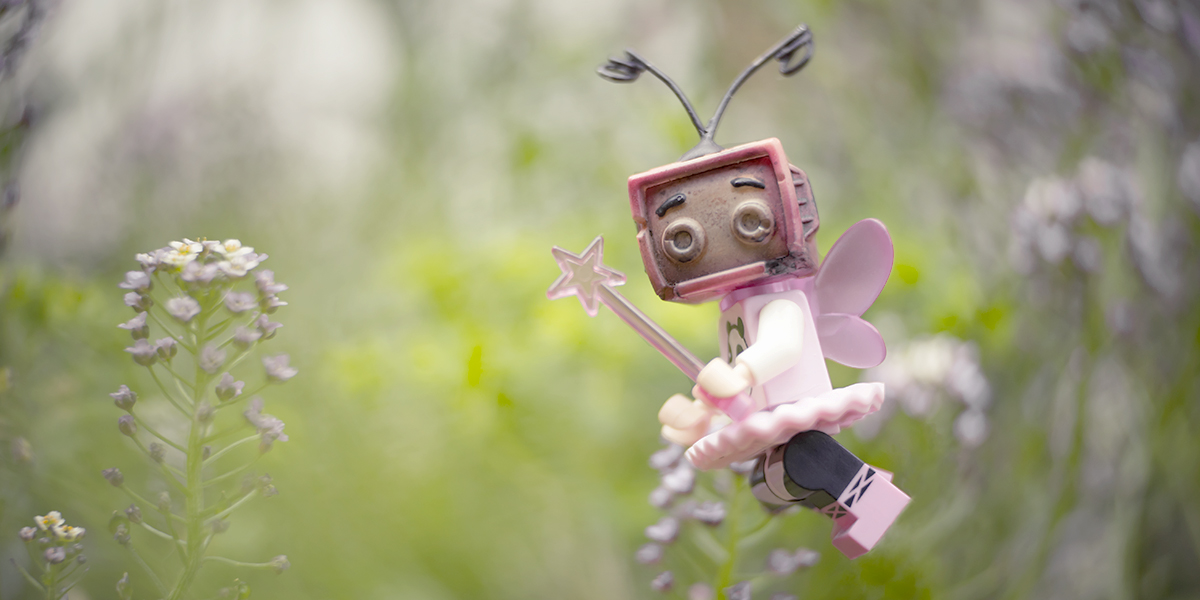
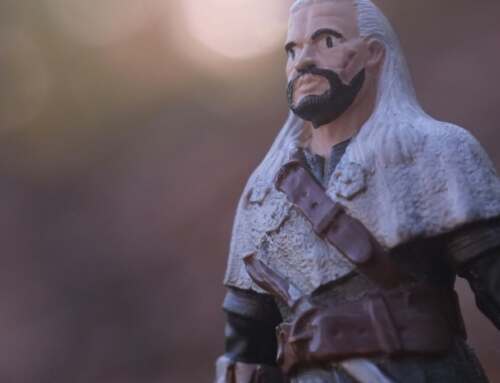
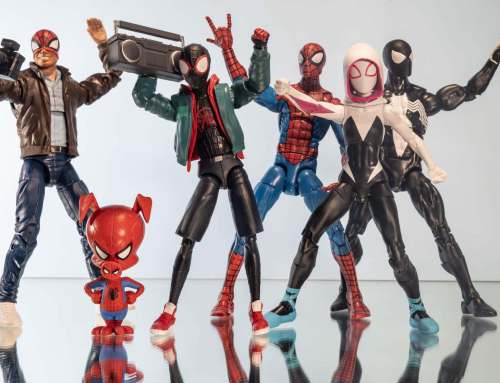
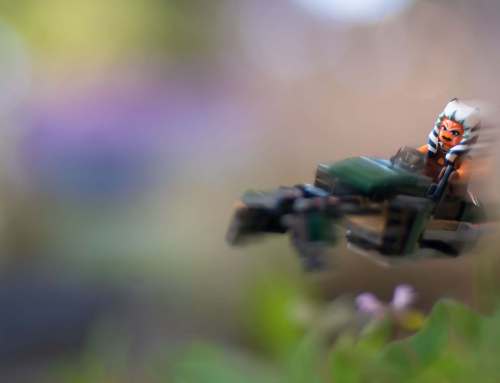
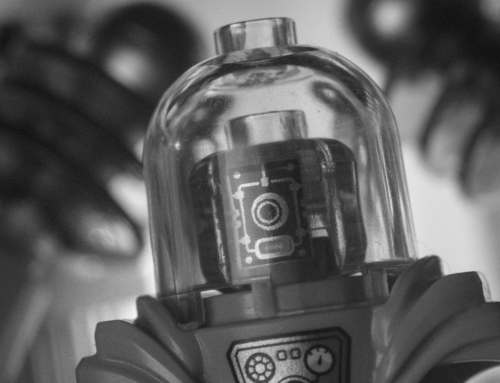
Shelly, I’m so impressed with your post. I love your creative historical research very much! I always enjoy the articles about creativity and its history. Your post is made with love of your hobby. Thank you for thinking of my picture as an example and BIG thanks for supporting the theme of the fairies – you’ve seen them too! 😉 It was very useful for me: now I know that I was always interested in such movements as Pictorialism. 😀
Ann Im so glad you enjoyed my very abbreviated history lesson. Personally Im fascinated by photography struggle to find a place in the art world. It’s not been an easy road. In many ways its still treated as a separate entity. But no matter how you approach photography – its all good. I hope you continue down your own path of discovery!
I never knew there was a difference! Honestly, I think I bounce between both modes of shooting. When I shoot for reviews, I try for more Straight Photography. The detail of the item in the review is the most important thing and artsy effects or bright lens flares could draw attention elsewhere. When it comes to me just doing my own thing and creating stories, it really varies. Sometimes the photo comes out feeling like a piece of art. My two photos of Link rescuing the Maiamai definitely feel more like pieces of artwork to me. The Halo photos, with the various action and whatnot there, feel more like a Straight Photo; a moment in time captured (albeit a moment that never truly existed). Thanks for this article! I’m definitely going to be keeping these two modes in mind when I shoot from now on.
Thanks for sharing your reaction Zee. Now that you know that at one time there was this distinction I will be interested to see how it informs your future decisions. Will you continue to straddle both worlds? Or will you gravitate towards one style over the other? Either way, I hope you will enjoy the journey!
I love history so I’m glad to read a little about it here.
It certainly piqued curiosity so I read about it. One comment I found that helped explain it was this:
“My sense is that the Pictorialists tried to gain recognition as artists by emulating painting and drawing while the f/64 group gained artistic recognition by emphasizing photography’s unique strengths of clarity and tone.”
In which case I lean towards Straight Photography in my own work as I want my photos to look like photos and not a painting or drawing.
That’s not to say one movement is more artful, beautiful, or emotional than the other.
Thanks for the thoughtful piece!
Anna I hope you didn’t think that I was drawing any conclusions on one style being better than the other? I thought I was pretty clear that my personal hero Stieglitz actually changed his style as his own exploration and Im sure technology changed to match his own vision. There are folks out their that feel the f64 did a lot of damage to the Pictorialists because they overshadowed them so much that they practically disappeared. Remember back in the 80’s and the 90’s when a Diana camera or a polaroid photo was merely a novelty? Now you see those styles, which borrow heavily from the Pictorialists aesthetic, influencing IG filters. Oh how the tables have turned! 😀
But as always the sand box is biggest enough to hold everyone, no matter what your style. Thanks fo chiming into the conversation!
(Notice I didn’t even touch photo illustration! :0)
I noticed you didn’t mention photo illustration! I was going to ask…
As for me, that falls into the realm of pictorialism.
And no, I don’t think you were drawing conclusions. That statement was probably more of a reaction to my deeper reading as many posts mischaracterized or left out context behind the Straight Photography movement: they wanted photography to stand on its own as art in itself, without having to borrow from other art forms like painting in order to be legit.
I love trying more artistic effect in photography but can’t get out of my safe zone of shooting a marvel figure line up for the instant gratification of likes. I’m trying to move away from licensed theme heavy / white background photos as they’re making me lazy. I need another toy safari to learn and inspire me. This post is a good start too.